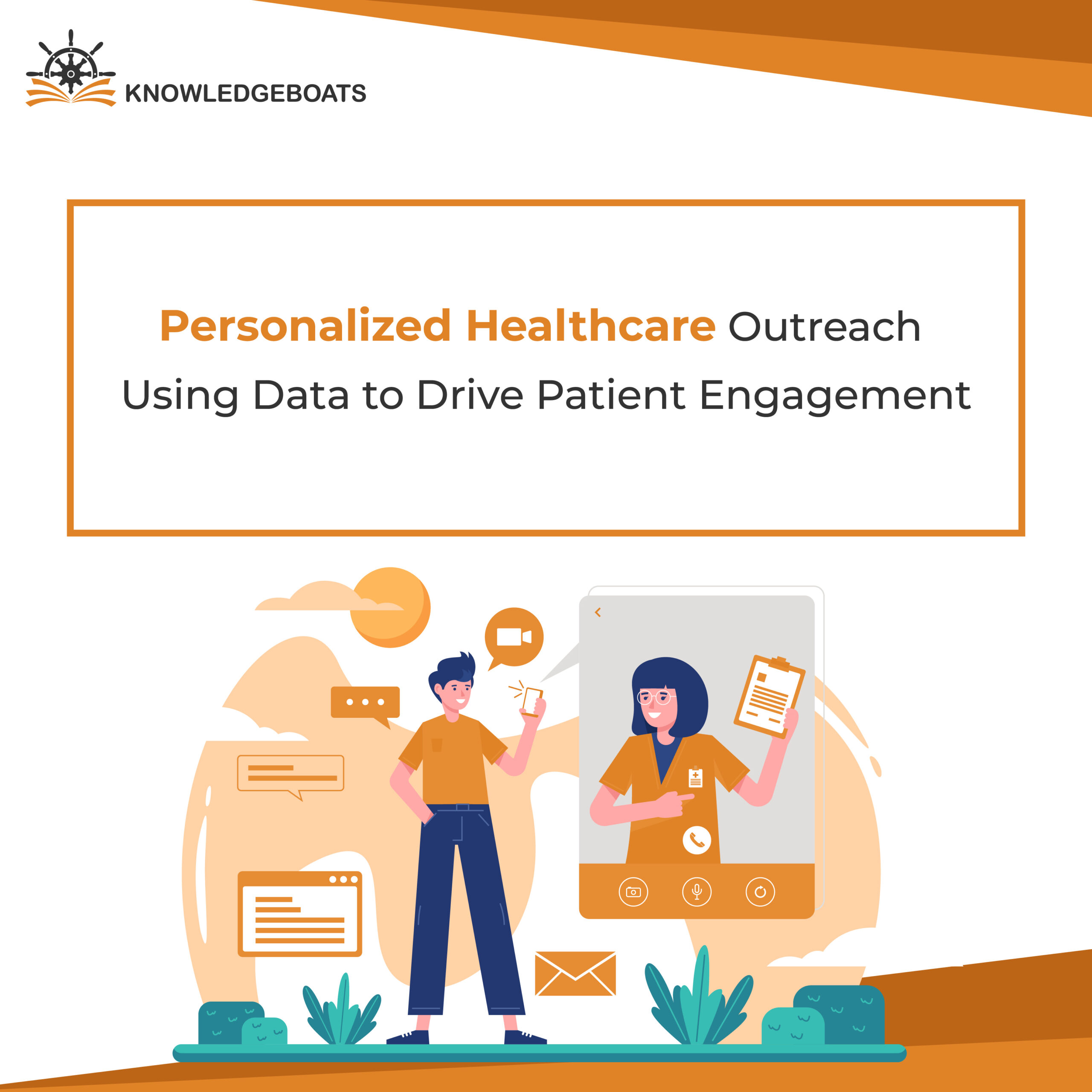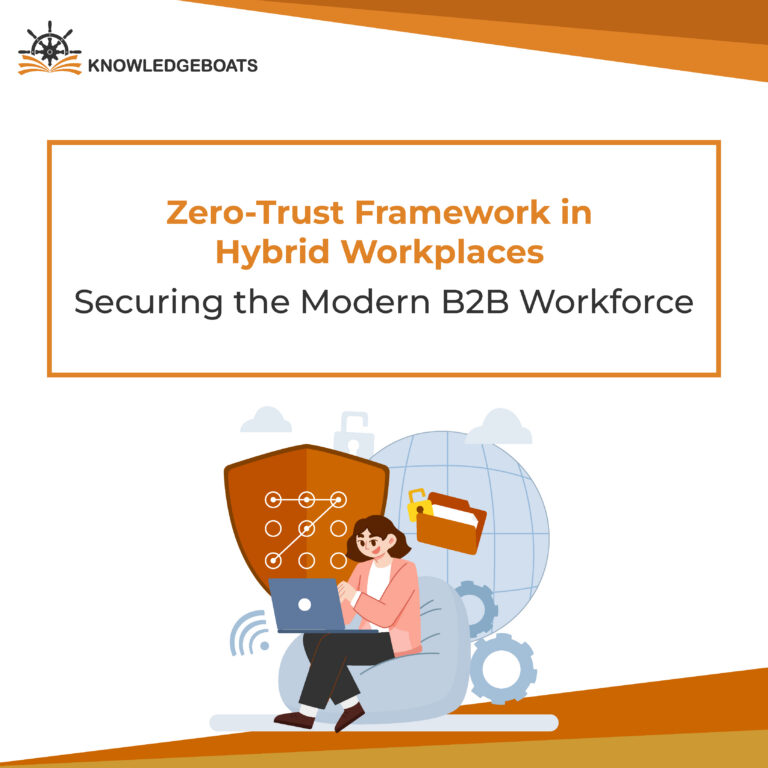
You know the call I’m talking about.
It’s that robotic voice leaving a voicemail about an “important appointment,” but it never says which doctor or why. Or it’s the generic postcard with a stock photo of a smiling family, reminding you to get a check-up you already had.
A missed appointment. A wasted stamp. A patient who feels more like a number on a spreadsheet than a person.
For too long, this has been the standard for “patient outreach.” We’ve been blasting messages at everyone, hoping something sticks. But in the process, we’re treating a 28-year-old training for a marathon the exact same way we treat a 68-year-old managing three chronic conditions. It just doesn’t work.
But what if we could change that? What if we could stop shouting at the crowd and start having a quiet, helpful conversation with one person at a time?
This is what real personalized healthcare outreach is all about. It’s about using the information we already have to build genuine, data-driven patient engagement. It’s less about marketing and more about showing people you see them.
The Messy Secret: Your Patient’s Story is in a Million Pieces
Here’s the challenge. To talk to someone personally, you need to know their story. But in healthcare, that story is shattered into a million pieces.
The notes from their last doctor’s visit are in the EHR. The fact they missed a payment is in the billing system. The questions they asked a nurse on the phone are logged somewhere else. It’s like trying to solve a puzzle when the pieces are in five different rooms.
The magic happens when you start putting those pieces together.
Imagine you could see that a patient hasn’t refilled their blood pressure medication (a clue from the pharmacy data) and that they missed their last cardiology follow-up (a clue from the appointment system). That isn’t a person to send a generic reminder to. That’s a person who needs a gentle, human check-in. Maybe a real person calls and asks, “Hey, we noticed you haven’t been in. Is everything okay?”
That single, informed question is more powerful than a thousand generic robocalls.
So, Who Are You Really Talking To?
Once you have a clearer picture, you can stop treating your patient population like a monolith. You can start creating smaller, smarter groups. This isn’t just about age and zip code. It’s about behavior and real-world needs.
- The Tech-Savvy vs. The Traditionalists: Who are the patients that live in your online portal? And who are the ones that will only ever pick up the phone? Send a text to the first group and make a call to the second. Meet people where they are.
- The Newly Diagnosed: Someone just told they have diabetes is overwhelmed. They don’t need a generic “eat healthy” newsletter. They need a simple, step-by-step guide. “Here’s what to expect this week. Here’s a number you can call with any questions.”
- The Confidence Level (or, Patient Activation): This is a big one. Some patients are confident and deeply involved in their own care. Others are nervous and unsure. You wouldn’t talk to a beginner skier the same way you’d talk to an expert, right? The same goes for healthcare. A new parent might need a lot of hand-holding, while an experienced patient might just want you to send them their lab results without a fuss.
When you tailor the message to the person, they finally feel heard.
Let’s Follow a Real Person: Sarah’s Hip Surgery
This all sounds nice, but what does it actually look like? Let’s follow a fictional patient named Sarah after her hip surgery.
Instead of a stack of confusing papers, her hospital uses automated, personalized outreach:
- Day 1 (The day she gets home): Sarah gets a simple text message. “Hi Sarah, just confirming your first physical therapy appointment is Tuesday at 10 AM. Reply YES to confirm.”
- Day 3: An email arrives with the subject line: “Three simple exercises you can do from your couch.” It includes a short, easy-to-follow video.
- Day 7: Sarah gets a call from a real person, a care coordinator. “Hi Sarah, just checking in. On a scale of 1 to 10, how is your pain today?”
- Day 14: She receives a one-question text survey: “Are you feeling more confident moving around on your own? (Yes / No / A little).”
None of these steps are complicated, but together they create a safety net. Sarah feels supported, not forgotten. That’s the power of a well-planned workflow.
Okay, But Is This Creepy? – A Note on Trust and HIPAA
I know what you might be thinking. “This sounds a little bit like spying.”
You’re right to be cautious. In healthcare, trust is everything. One wrong move and it’s gone forever. That’s why every single part of this process has to be built on a rock-solid, HIPAA-compliant foundation.
This isn’t about using data to sell people things. It’s about using it to care for them better. It means being completely transparent, giving patients control over how you communicate with them, and ensuring their information is protected with bank-level security.
When it’s done right, it doesn’t feel creepy. It feels like someone is looking out for you. It feels like being cared for, not watched.
The Goal Isn’t “Big Data.” It’s a Real Connection.
At the end of the day, this isn’t about fancy algorithms or buzzwords. It’s about closing the gaps in a fragmented system.
The old way was reactive. We waited for people to get sick. The new way is proactive. It’s about using technology to bring back something that feels surprisingly old-school: a real, human connection with the people in your care.
The tools are here. The data is waiting. The only question left is: are you ready to stop broadcasting and start connecting?



